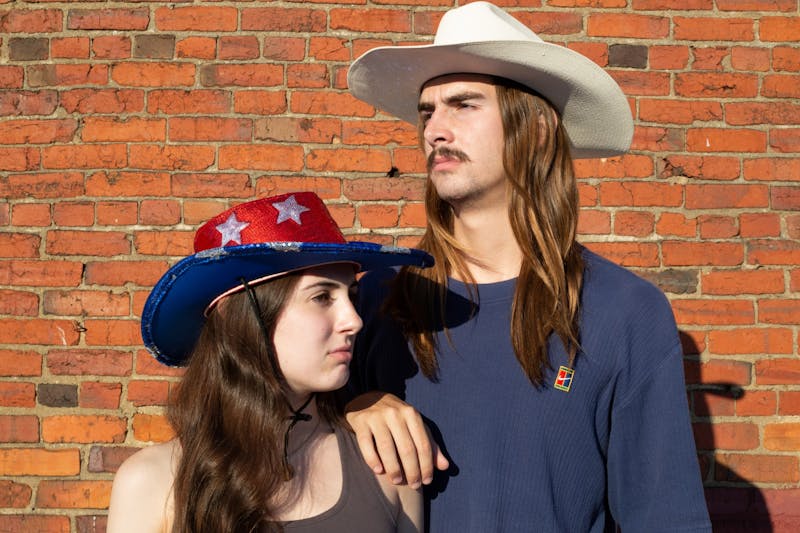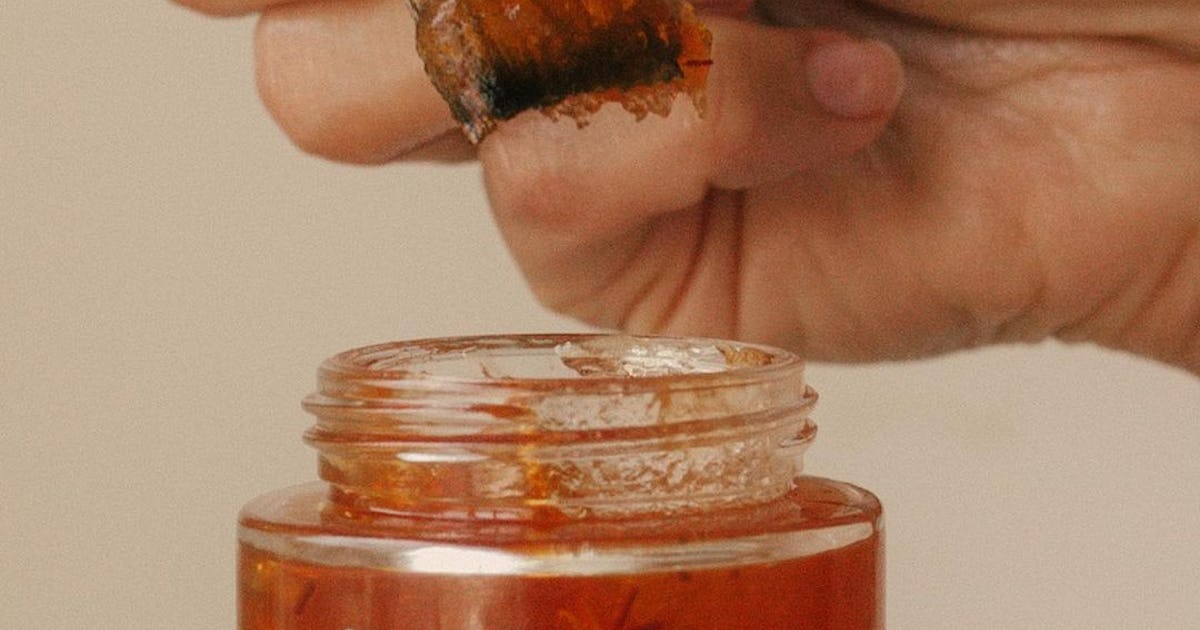The seem of Indigenous resistance in Latin The usa
A new era of musicians in Latin America are going back again to their roots and applying audio to defend ancestral cultures that have been historically persecuted by the elites and recognized powers. They are mixing present-day aesthetics and appears, this sort of as electronica, rap and reggaeton, with the music inherited from their ancestors to connect with young folks and quit their background from fading into oblivion.
“My music are a political act,” states Guatemalan musician Sara Curruchich in dialogue with Equal Moments. Born into the Mayan Kaqchikel group of San Juan Comalapa in 1993, her 2019 debut album Somos (’We Are’) brings together lyrics in Spanish and her indigenous language. “Music has a amazing skill to safeguard memory and increase general public recognition about the racism we have endured for centuries,” she states.
As an Indigenous person and a lady, her wrestle is twofold. She feels aspect of “a wave” of progressively socially mindful women artists in Latin The us that contain Mexican Mixe soprano María Reyna from Oaxaca, the Kichwa singer-songwriters Tamya Morán and Mariela Rental of Ecuador, and Chile’s Mapuche singer, Daniela Millaleo.
Curruchich refers to well- known traditional Afro-Colombian folk singers Totó La Momposina, Petrona Martínez and artists from the generation just before hers (these types of as Mexican singer-songwriter Lila Downs) as a supply of inspiration for shaking people’s conscience through music with a feminist eyesight in “a racist and patriarchal society”.
She feels that what is going on in Guatemala is a





















/https://specials-images.forbesimg.com/imageserve/604ad3acf728cc29468fec2e/0x0.jpg?cropX1=0&cropX2=846&cropY1=47&cropY2=523)
![See Inside the Amazing Homes of State Music’s Queens [Pics]](https://townsquare.media/site/204/files/2020/08/tim-mcgraw-faith-hill-mansion-california-pictures.jpg?w=1200&h=0&zc=1&s=0&a=t&q=89)












